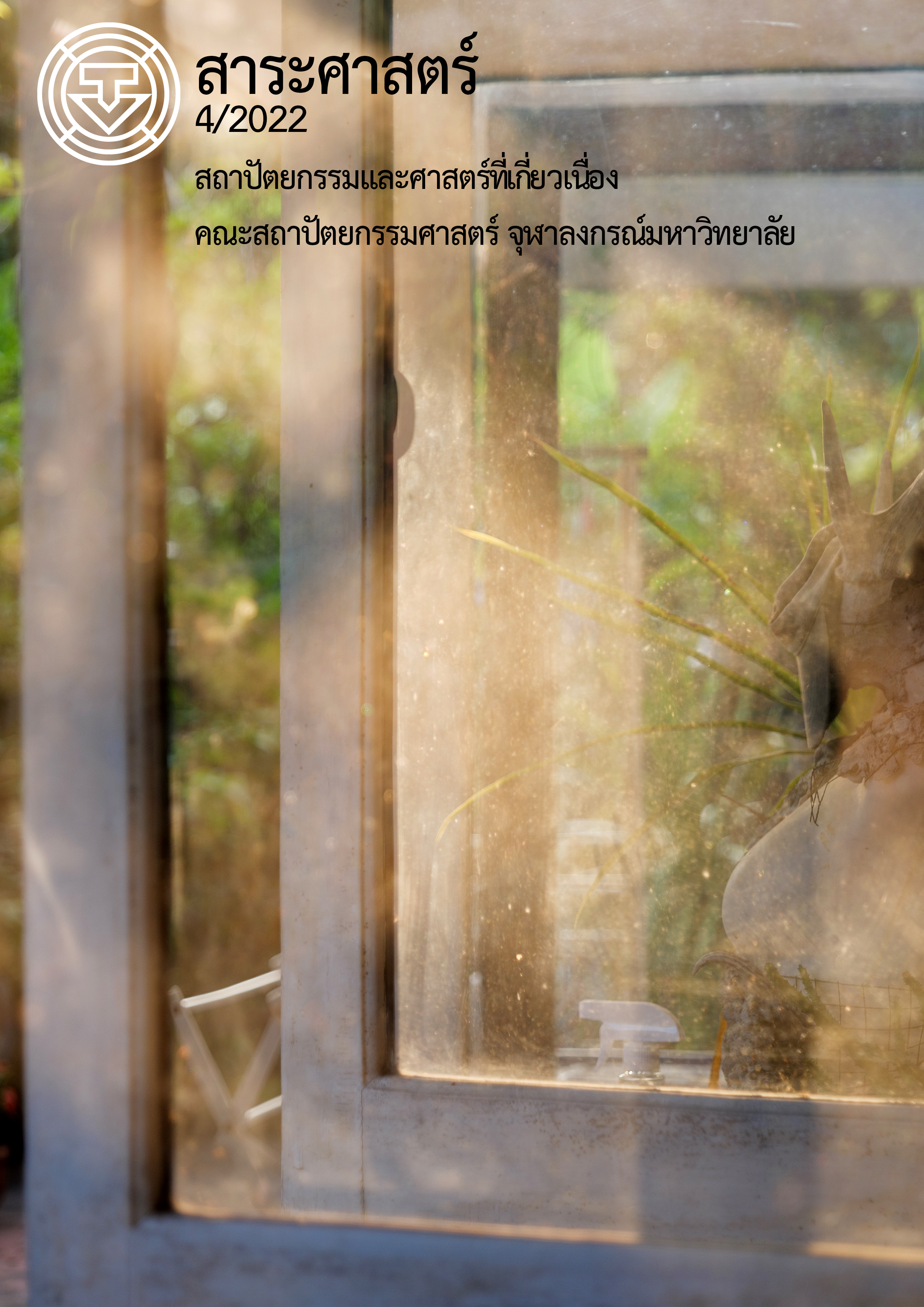Utilization of Cultural Heritages for Creative Activities in Thawang, Nakhon Si Thammarat Province
Main Article Content
Abstract
Nowadays, the creative city concept has become the main driver of urban development. There is a competition to attract maintain and create creative class. (Florida, 2004) Because creative class is one of important factors to create creative economy. Another factor is value creation from culture, which is an important way for making differences between cities. Therefore, the development of creative city has to focusses on cultural heritages art and local identities (Peeradorn Kaewlai and Thipsuda Chanchamla, 2013)
In Tha Wang District, Nakhon Si Thammarat, there exist many cultural heritages, and a series of movements to organize creative activities and to utilize heritage buildings have been introduced by local creative class under creative city concept. Hence, it is necessary to study important events and utilizations of cultural heritage for creative activities occur in the district during 2017 to 2022, by surveys and interviews. Analysis is conducted to verify consistency with the concept of Creative Places, in order to seek potentials of developing into a creative district in the future.
The study finds that heritage buildings have different level of consistency with Creative Places concept by Helmy (2015). Buildings with many attributes of concept are, Bawon Basaar, JILL Art Space and Yongkang Cafe, which have been adapted to suit the current needs, and permanently renovated by private owners. They create new experiences to users, connections to the town and interactions of people. Heritage building renovation is one of important factors in encouraging creative activities, since Creative Places creation is considered as an essential contribution to creative economy development in the city. It can be concluded as a suggestion that public sector should take more parts in encouraging utilization of cultural heritage in creative way.
Article Details
References
Creative Nakhon. (2564, 9 ตุลาคม). ซีรีส์แนะนำอาคาร 10 หลัง [Facebook]. สืบค้นจาก https://web.facebook.com/Creativenakhon/posts/884812378825393
จิตรดารมย์ รัตนวุฒิ. (2560). มาตรการทางกฎหมายในการส่งเสริมการอนุรักษ์และการคุ้มครองมรดกทางวัฒนธรรม กรณีศึกษา การแสดงออกซึ่งศิลปวัฒนธรรมพื้นบ้าน. วารสารนิติศาสตร์และสังคมท้องถิ่น, 1(1), 135-169.
พีรดร แก้วลาย และ ทิพย์สุดา จันทร์แจ่มหล้า. (2556). แนวทางการพัฒนาเมืองจากสินทรัพย์ท้องถิ่นไทย. กรุงเทพฯ: บ.จรัญสนิทวงศ์การพิมพ์.
วิรุจ ถิ่นนคร. (2562). การประเมินคุณค่าสถาปัตยกรรมพื้นถิ่นในพื้นที่เมืองเก่า กรณีศึกษา ชุมชนเมืองเก่า นครศรีธรรมราช. (วิทยานิพนธ์ปริญญาดุษฎีบัณฑิต, มหาวิทยาลัยศิลปากร).
สำนักพัฒนาอุตสาหกรรมชุมชน. (2559). ทุนวัฒนธรรมไทยสู่การสร้างสรรค์เศรษฐกิจไทย. อุตสาหกรรมสาร, 58(1), 5-8.
Florida, R. (2004). Cities and the creative class. Oxfordshire: Routledge.https://doi.org/10.4324/9780203997673
Jokilehto, J. (2005). A history of architectural conservation. Oxfordshire: Routledge.
Landry, C. (2000). The creative city: A toolkit for urban innovators. [N.p.]: Earthscan.
Helmy, M. (2015). Creative places as a strategy for the development of cities. Retrieved from https://www.cpas-egypt.com/pdf/Mona%20Helmy/Researches/04%20Creative%20Places.pdf


